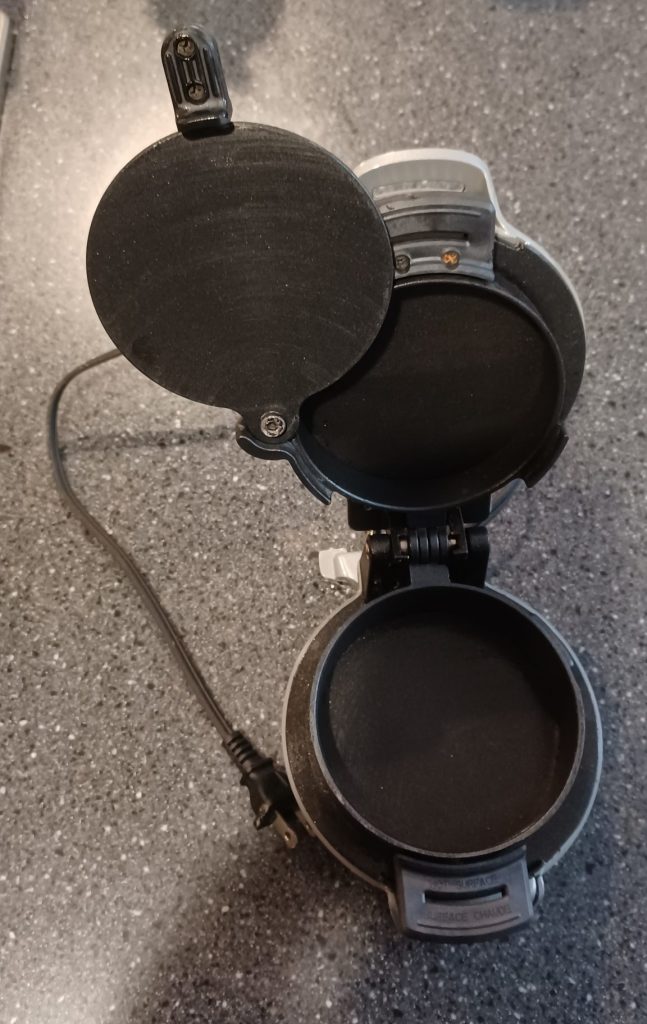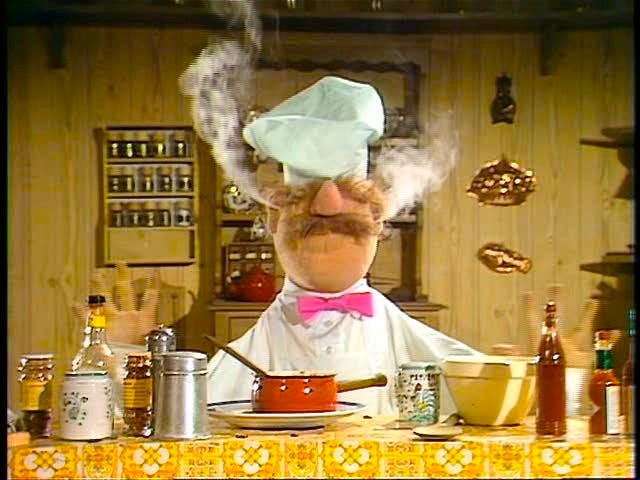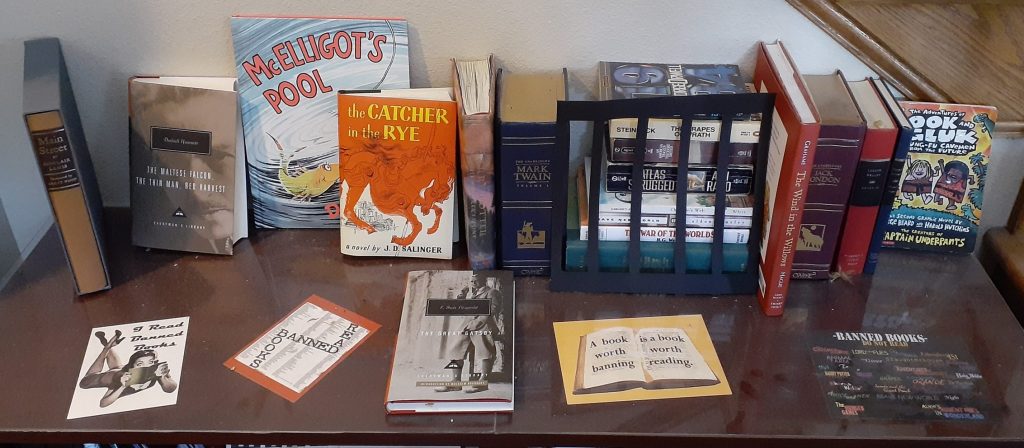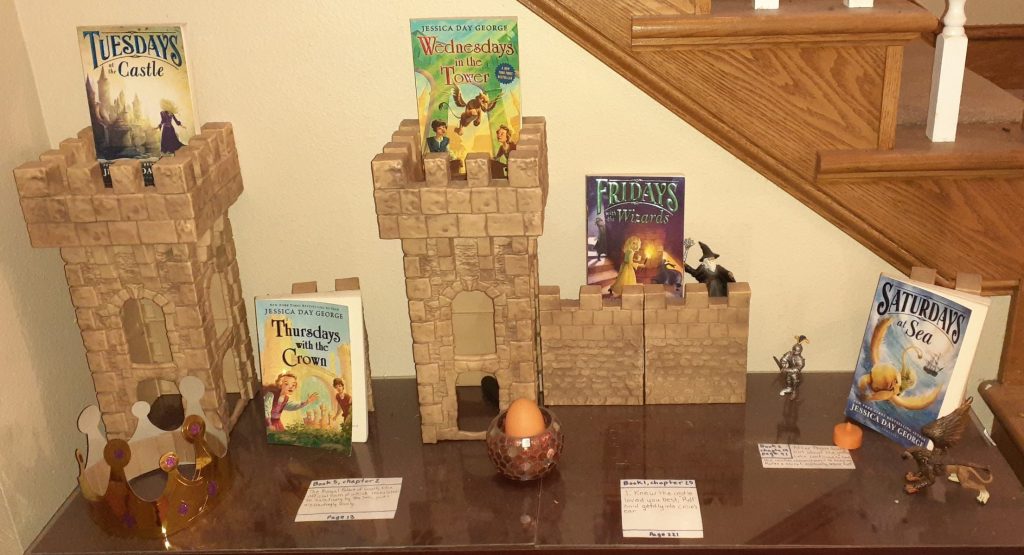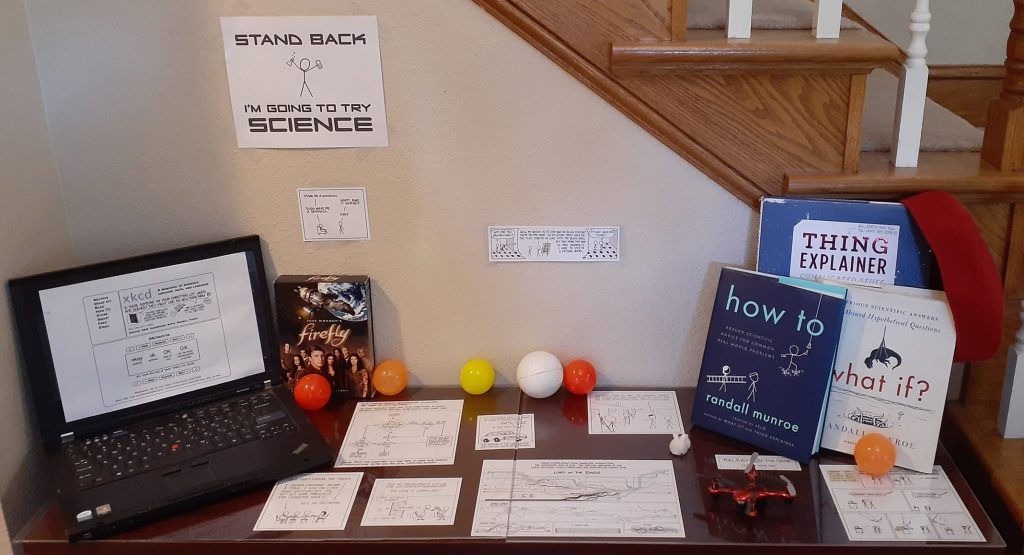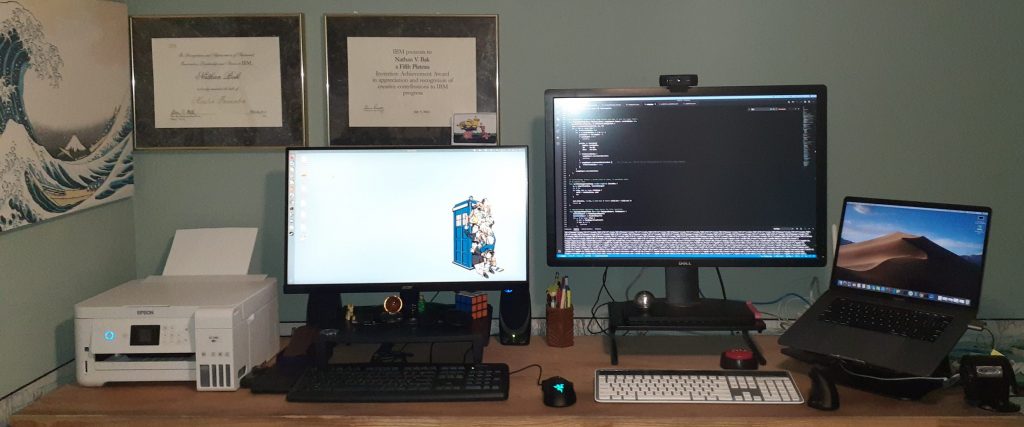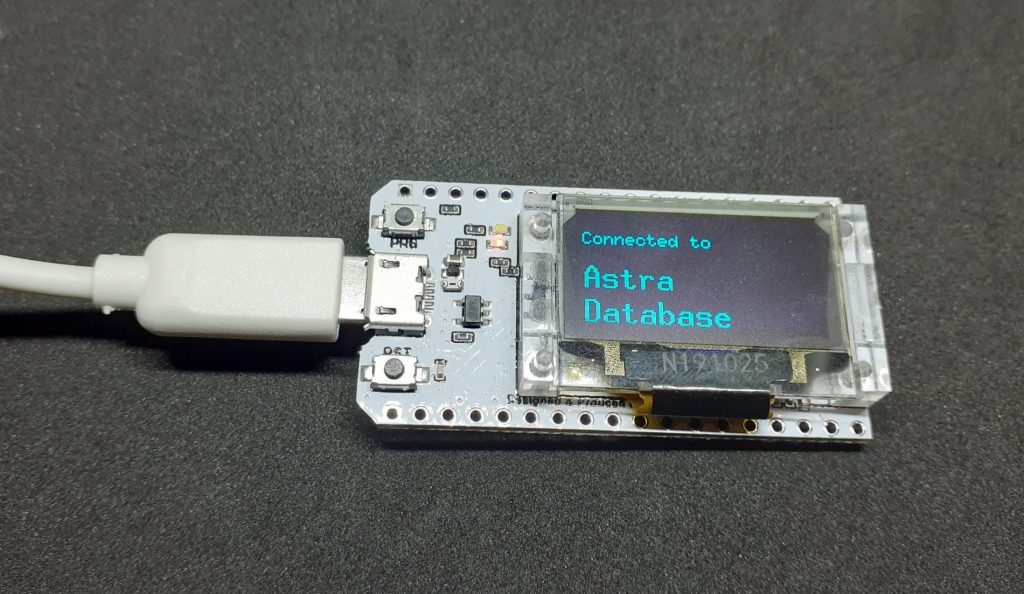Dear Circle,
In thinking back over the past year and a half, I realize that we shared many happy adventures together. I wanted to send you this note to thank you for the great experience and let you know how much I’m going to miss you. This has been the first job I ever had that I was able to explain to my Mother what I did and what you do. Everyone understands the problem we’ve been working together to solve.
You may recall that I joined shortly after COVID became a thing and we were still in lock-down for a “just a couple weeks” to “flatten the curve”. Everyone was friendly as I came on board and was trying to figure out how things worked. A couple weeks later I went to the office for the first time to get a laptop upgrade and I inadvertently set off the alarm–sorry about that.
I think Focus Time was a big step in helping families like mine. My family was probably the first to use Focus Time in a real setting. I remember in the early (prerelease) days when my kids would frantically barge into my office because some random site was blocked and they needed to access it “now” in their class. My family had a lot of discussions about Focus Time and screen time in general–some of those discussions helped Focus Time improve and other discussions helped my family improve.
Do you remember the Release Bonanza on 21 October 2020? We took a risk with that, but we worked hard, planned carefully, and we had a smooth execution. Perhaps it’s not remembered since it ended up almost a non-event, but I’ve always felt that was an important turning point in our doing better cloud releases. I still have the T-Shirt.
And what about the online party on 12 February 2021 where we counted down to 6:00 pm and cheered? I know people had different reasons for celebrating. I was happy that the 10 pm-4 am release windows (who thought that was a good idea?) were finally a thing of the past. That was another important turning point and we were finally able to dedicate more time and energy on important things.
I appreciate how you let me use Innovation Time to experiment and try new things. You were patient with my zany POCs that didn’t go very far (perhaps someone else with finish some of them). We also worked together to make ideas like usage emails and recommendations into features that benefit our users.
I now have an opportunity to try something new and I hope doing that is the right choice for me and my family. I wish you continued growth and success and will be watching your progress as I continue to be a user. I’m going to miss you and all the neat things we’ve done together, but I hope we both continue to do neat things.
Cheers,
Nathan
https://www.linkedin.com/in/nathanbak/
http://www.nathanbak.com/
